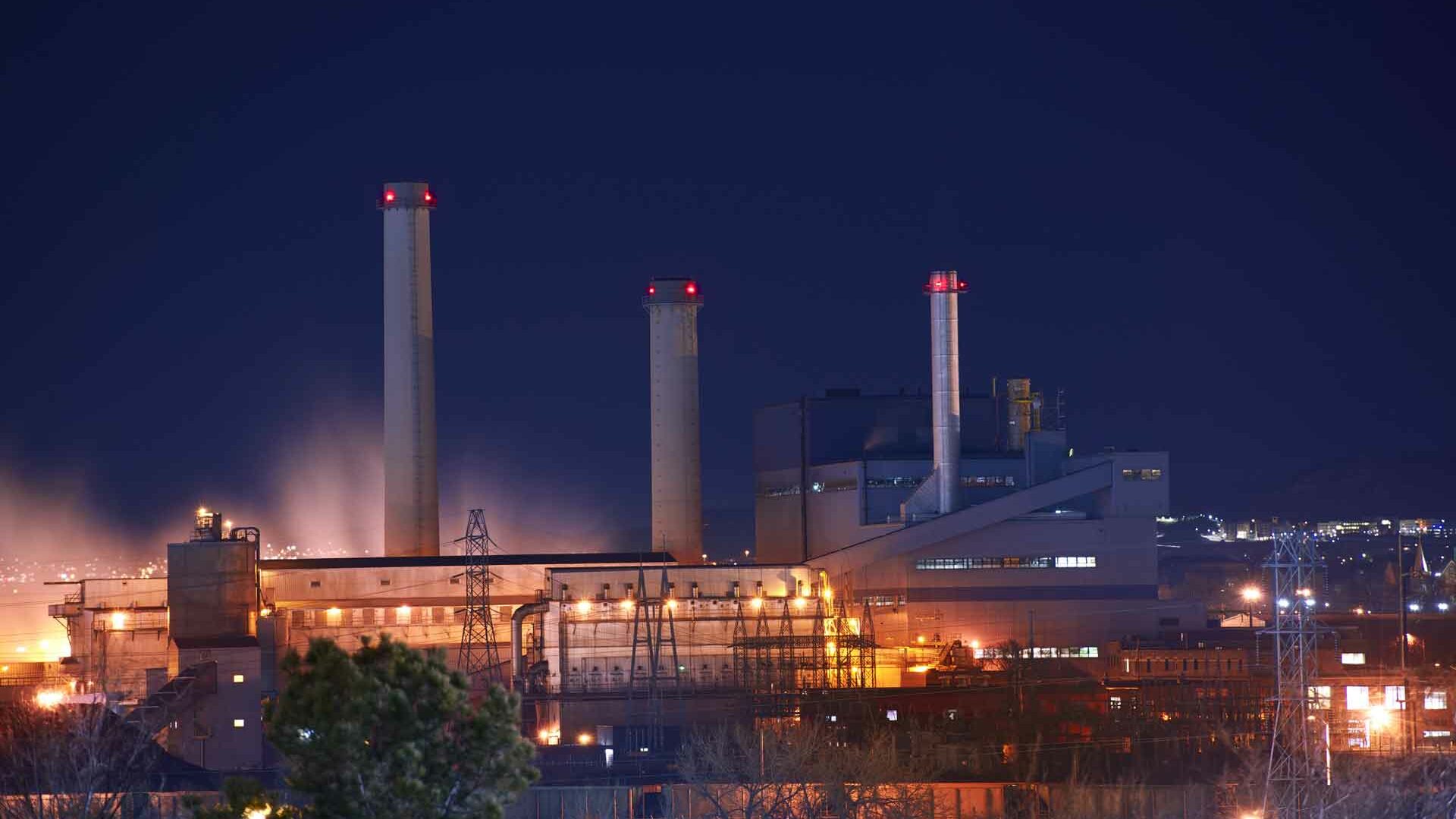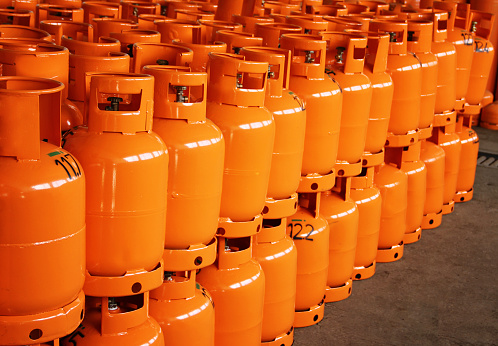In 2020 the Petroleum Products Pricing Regulatory Agency (PPPRA) stated that the Nigerian consumption of Liquefied Petroleum Gas (LPG) or cooking gas in layman’s term; exceeded 1 million Metric Tonnes (MT). This revelation was brought to public notice by the agency’s executive secretary Mr Abdulkadir Saidu on the 19th of January 2021. The drastic increase in the consumption of LPG in Nigeria in the year 2020 made it the first year ever that the country reached 1 million metric tonnes threshold.
This landmark usage has also placed Nigeria at the forefront in West Africa and one of the forerunners in Africa as well. Mr Saidu also stated that given the massive growth that has taken place with LPG consumption in Nigeria, the country is on track to meet the five million metric tonnes by 2022 which was a target set in the Nigeria Gas Policy (NGP) in 2017. The new awareness and move to LPG consumption and usage makes for a healthy alternative and allows the country the luxury of alternating the locally available energy options.
It is also worthy of note to state that the Nigeria Liquefied Natural Gas (NLNG) has increased its allocation of LPG to the local market from 350,000 MT to 450,000 MT in 2021 to reach its goal and also foster a healthy alternative. Given the spike in LPG consumption, one can only wonder how fast it will replace classic petrol as a source of energy in the country. Already the use of gas is gradually starting to be an alternative that is considered to be more healthy and environmentally friendly. Asides from it being popularly used for cooking, here are a few possible uses of liquefied petroleum gas in Nigeria; it can also be used to power cars, converted to gasoline and also refrigeration. However, while the possibility of LPG is still unfolding within the Nigerian markets, one thing is certain, and that is the fact that its consumption will most likely continue to increase.
Sources:
Premium Times
istockphotos.com





